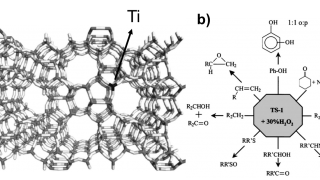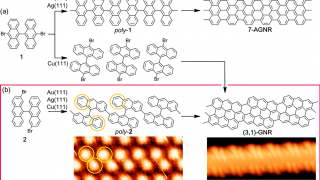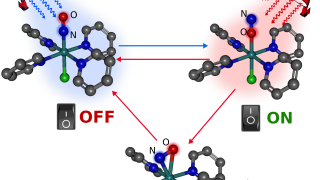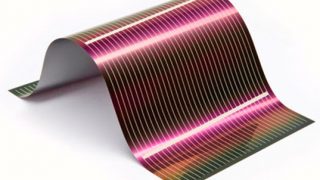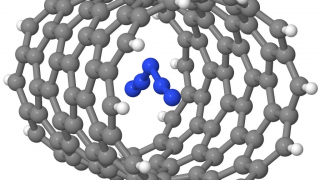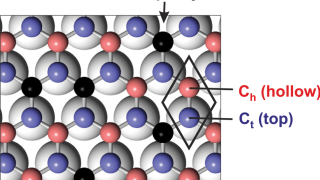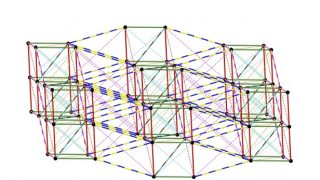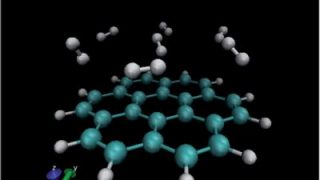
Hydrogen gas as alternative fuel
Author: Jelle Vekeman is a Ph.D. student (ITN-EJD-TCCM) at Universitat de València For a long time now, we have mainly been using fossil fuels to satisfy our increasing needs for energy. Resources, however, are limited and waste products destructive for the environment. As researchers and companies are exploring alternatives, hydrogen gas (H 2 ) seems […]
